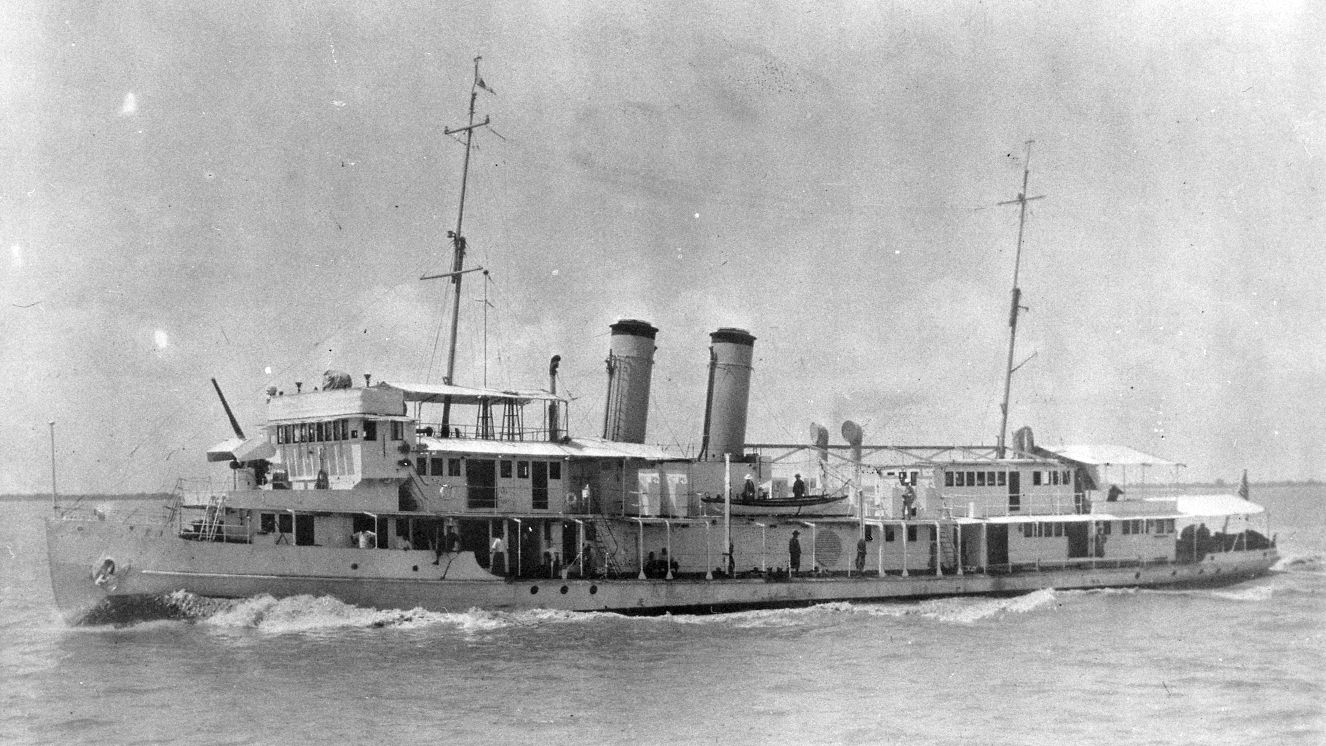THE 38TH PARALLEL CONTINUES TO BE AN IMPORTANT BORDER FOR THE U.S.

Borders are quite fascinating. Used to help keep things in order and establish autonomy among principalities, whatever your feelings on the subject, they are awfully important. One of the most important borders in relation to the U.S. and world peace is a 160-mile strip of land far away from our country altogether. The 38th Parallel goes by many names, including the Korean Demilitarized Zone or DMZ Korea, and its place in the world may not be as prevalent as it once was, but it remains a potential powder keg that could start a world war that no one wants to see. Related read: South Korea Nuclear Weapons Are a Lose-Lose Situation
What is the 38th Parallel?
The 38th Parallel is a demilitarized zone located between North and South Korea. Although only around 35 miles from Seoul, South Korea, its location is no accident. The Korean 38th Parallel is a DMZ because this location is where a lot of the conflict occurred during the Korean War. Established through the Korean Armistice Agreement in 1953, the area has witnessed military and civilian casualties on both sides, but also hosts a meeting point for negotiations, the Joint Security Area (JSA), located near the western end of the zone. Crossing is forbidden, and if you aren't a part of North Korea's military or in the United Nations Command, being inside the two-and-a-half-mile-wide DMZ of Korea is not a place you want to be. Similar to the 38th Parallel is what's known as the Northern Limit Line (NLL). It's basically the same idea, but it divides the waters of the Korean Peninsula. It marks out an aquatic border that should not be crossed in the Yellow Sea. It's worth noting that the NLL isn't actually in the armistice that established the 38th Parallel and if you were to travel the coast or islands falling within this region, expect to find a strong military force.
What is a Demilitarized Zone?
A demilitarized zone (DMZ) is an area where military installations, activities, or personnel are forbidden by treaties or agreements between nations or contending groups according to the terms laid forth. Demilitarized zones often lie along established frontiers or boundaries between military powers or alliances. Some DMZs also function as de facto international borders. Using the 38th Parallel, Korea is split into two separate nations. However, DMZs don’t always involve active or former conflicts. They can serve as neutral territories where neither side has control, even for non-combat administration. Some DMZs unintentionally become wildlife preserves due to their unsafe or less disturbed conditions. Examples include the former Demilitarized Zone Vietnam, and yes, Demilitarized Zone Korea. Here are some examples of current DMZs beyond the 38th Parallel:
- Åland
- Antarctica
- Joint Control Commission (Dniester Valley Security Zone)
- Kuwait–Iraq Barrier
- Martín García Island
- Preah Vihear Temple
- Sinai Peninsula
- Svalbard
- Sudan (Sudan/South Sudan border)
- United Nations Buffer Zone in Cyprus
- United Nations Disengagement Observer Force Zone
Suggested read: Travis King is the Latest American Warfighter to Defect into North Korea
The Korean War Never Ended
Even though it’s clear that North Korea and South Korea don’t get along these days, it’s also clear that all-out warfare isn’t an active part of the peninsula’s lifestyle as it once was. But it’s also important to remember that the two Koreas are still technically at war. Agreements have been made but tensions remain high. Most importantly, there was never a peace treaty signed between the two Koreas. This means that if the wrong move were to occur, the Koreas and their respective allies could find themselves thrust into a violent, very uncomfortable position. At the center of it all is the 38th Parallel, which could see its meaning and purpose of keeping the nations separate but without lobbing bombs at each other come to a sudden halt. Considering the devotion that North Korea has demonstrated for developing nuclear weapons, a physical border may not be the necessary preventative measure that it once was.
How Did the 38th Parallel Affect the Cold War?
It’s hard to think of a more fitting parallel in the Cold War than the 38th Parallel of Korea. On one side, you had communism and a bleak way of life for all those suffering under authoritarian rule. On the other side, the promise of democracy maintained personal freedoms and a bright egalitarian future. On top of it all, both were backed by the opposing major players of the Cold War. These days, things may have changed, but many similarities remain. There are now nuclear threats from North Korea itself rather than the fear of an attack from the USSR. Sentiments from days past linger, and the Korean War may not be as active today, but it is ongoing and the intensity rises and falls with new developments. The 38th Parallel has made news for many reasons including heroic escapes, moronic defections, and even peacekeeping missions. One day, perhaps the line won’t have the same implications that it does today. But its history will and should never be forgotten, even as it’s still being written. Read next: North Korea Spy Satellite Launch Fails, But Vows to Try Again
BY BUDDY BLOUIN
Buddy Blouin is a Contributing Writer at VeteranLife.com
Buddy Blouin is a Contributing Writer at VeteranLife.com



